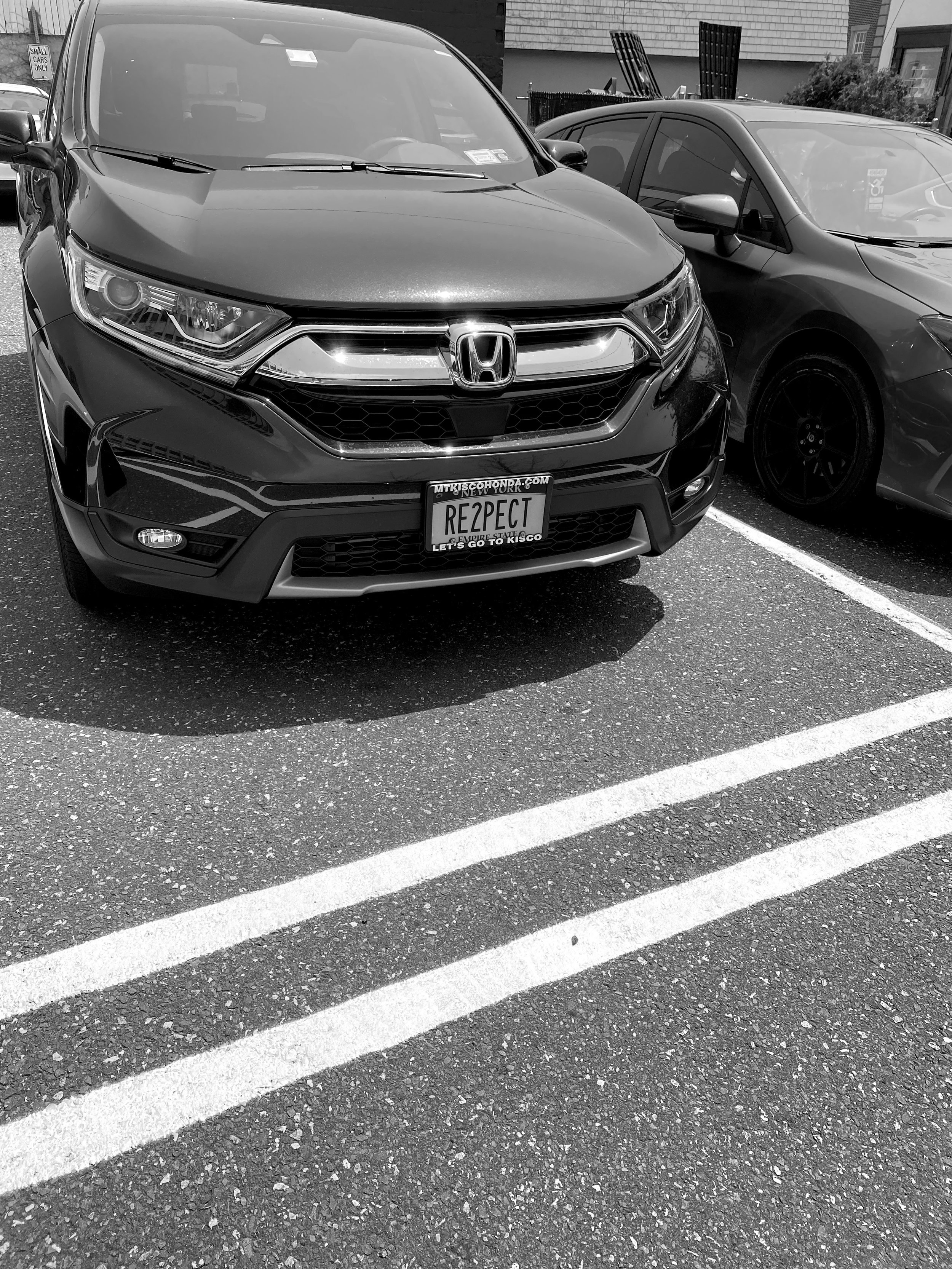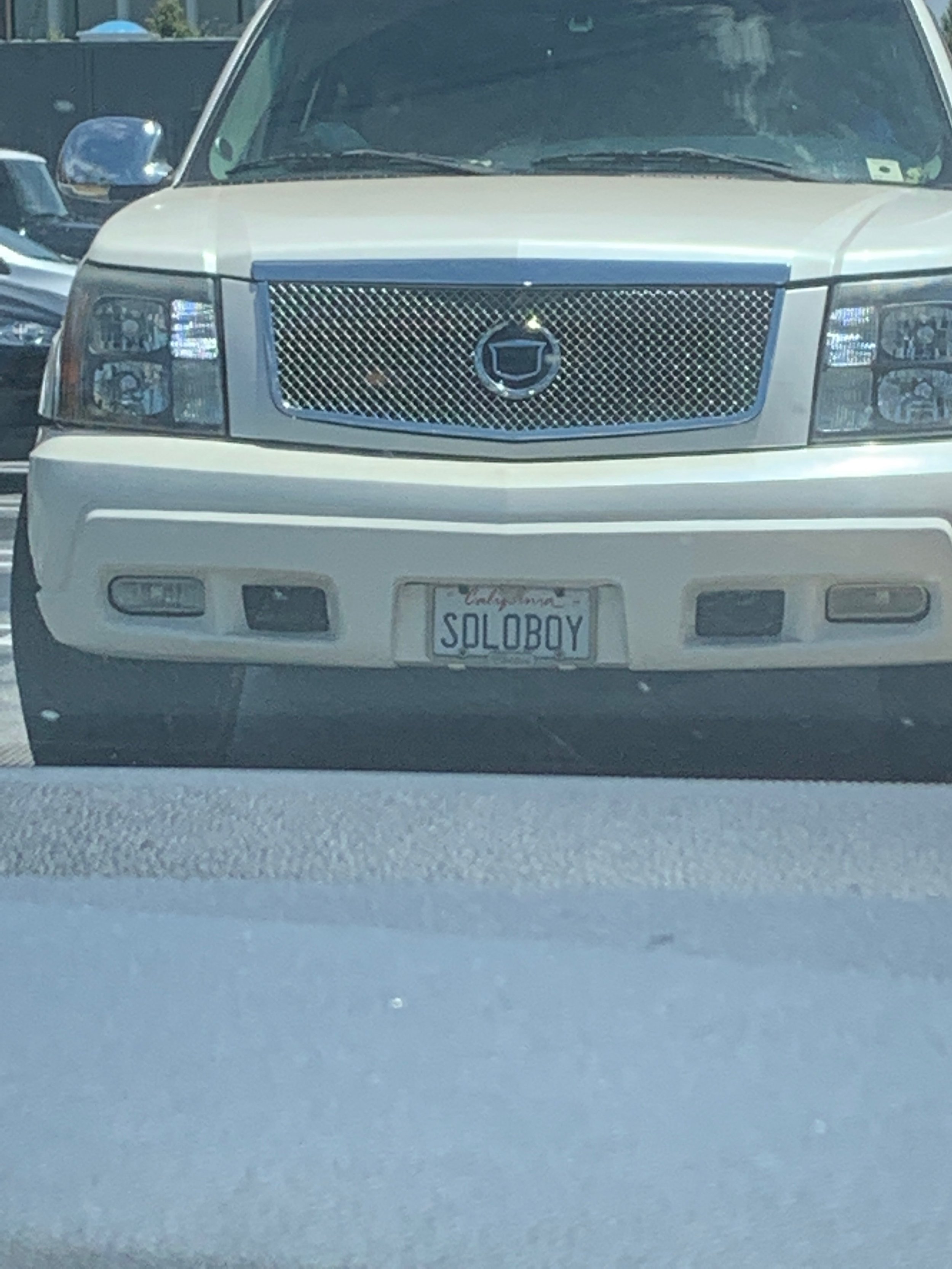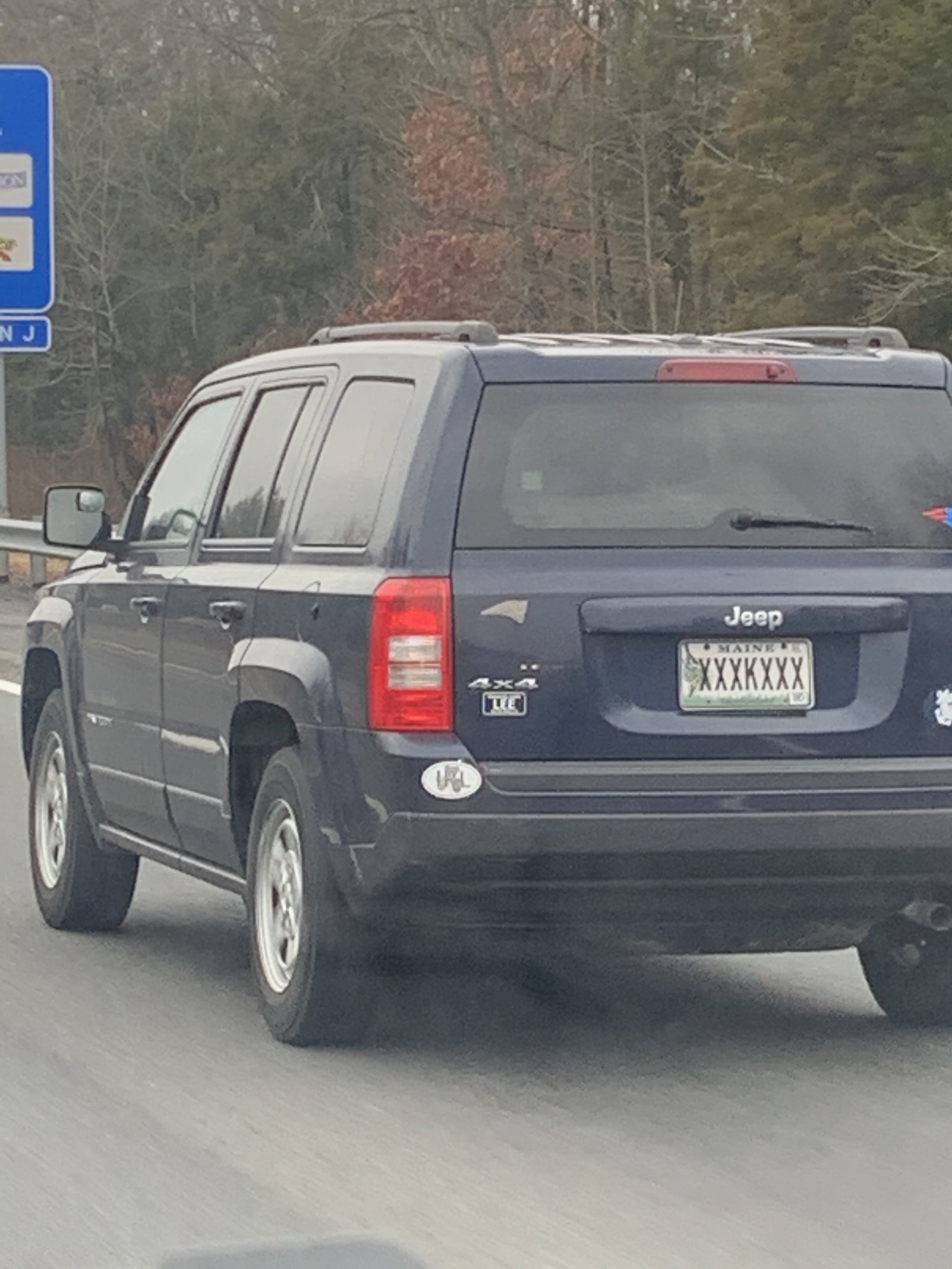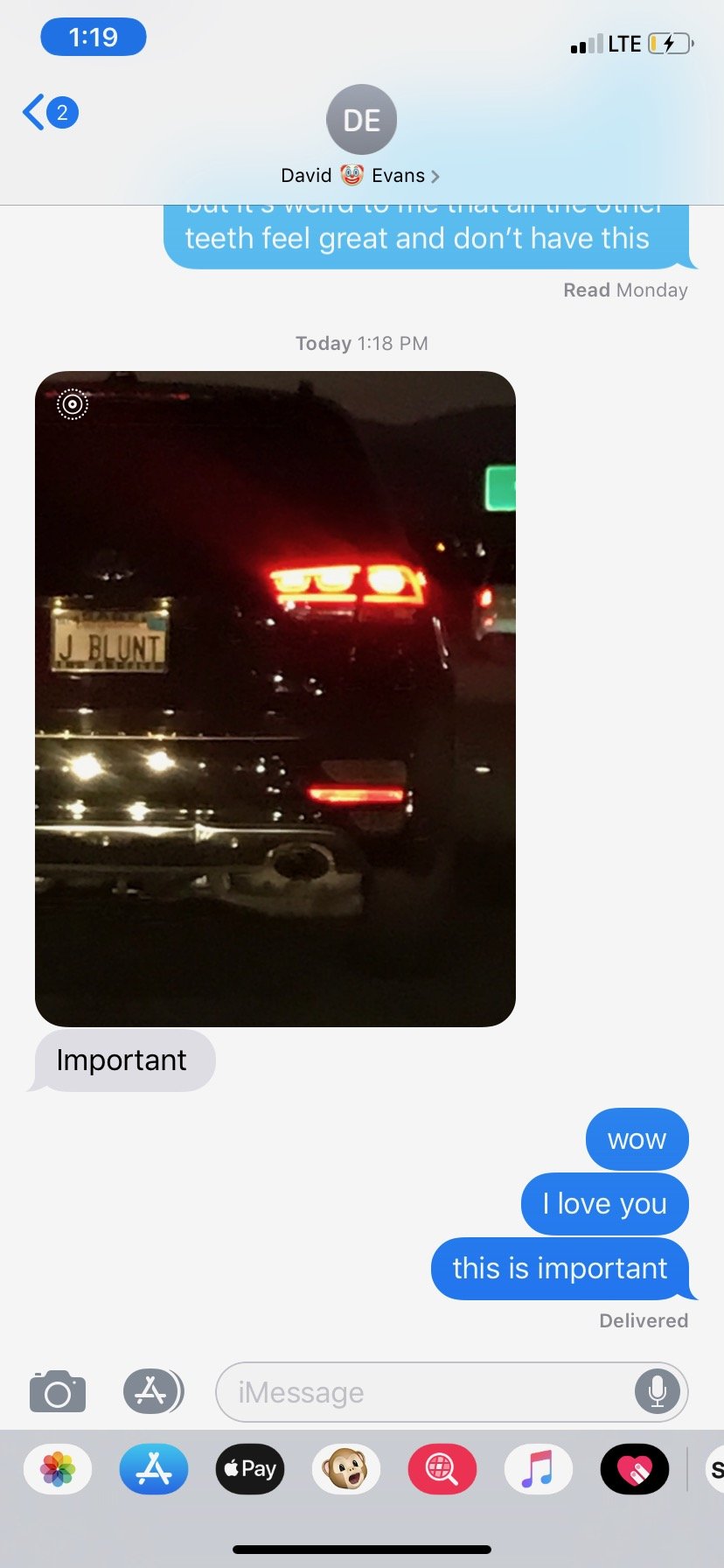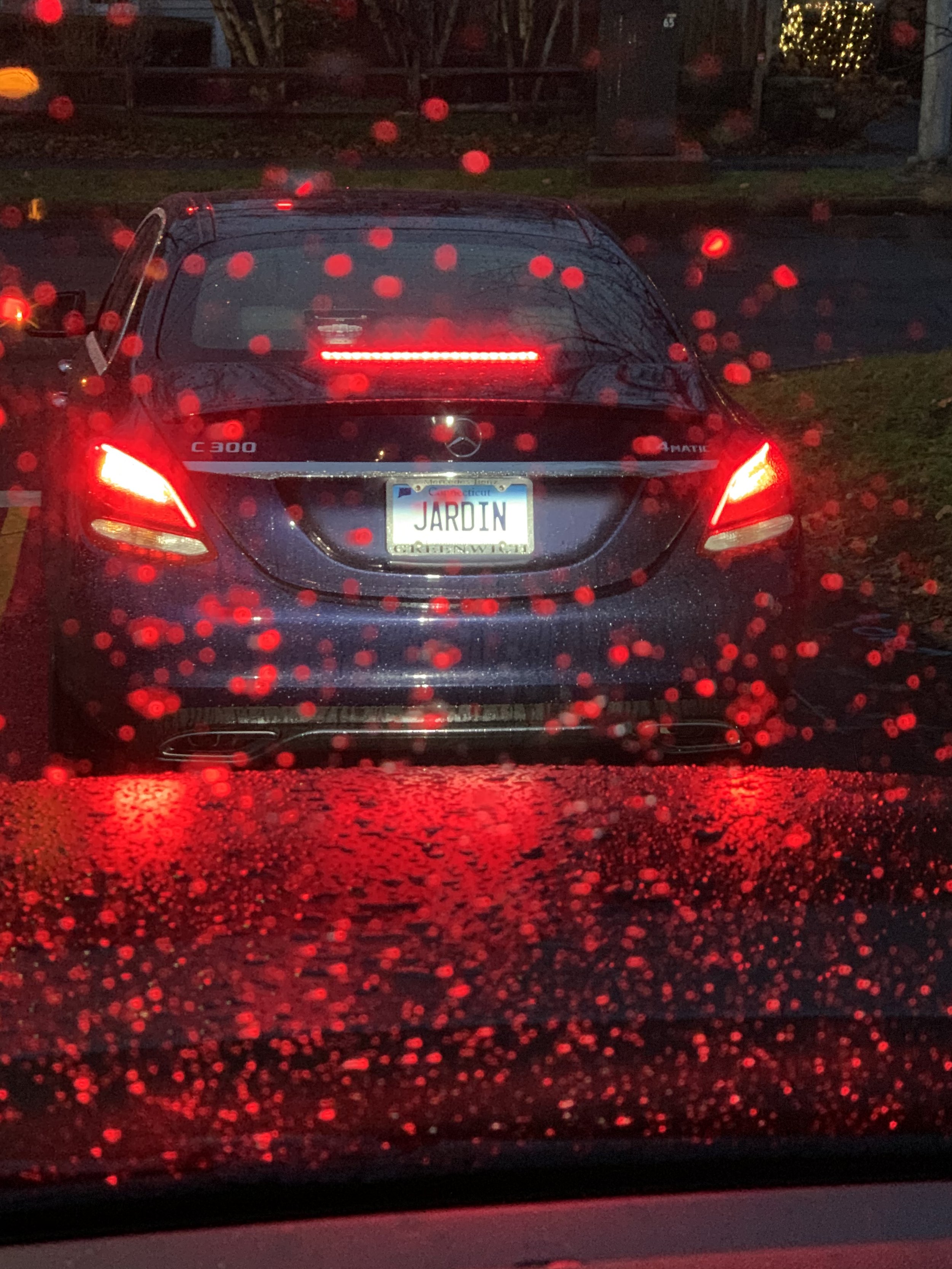
collected
identities

My passion for storytelling drives my desire to collect. Collections are generated by means of a narrative. Their creation depends upon the fictions and abstractions of the narrative itself. While I have many, many different collections, one that I am particularly proud of is my collection of license plates.
Whenever I see a unique license plate, I photograph it or take written note of its contents. The collection is therefore built and acquired “in a serial manner. This seriality provides a means for defining or classifying the collection and the collector’s life history” (Stewart 166). Perhaps, then, on somewhat of a daily basis, “the ‘pleasure of collecting [is] the act of acquisition,’ the thrill of witnessing the translation of an object into the realm of resemblances that happens at this moment” (Flatley 82).
As Walter Benjamin reminds us, to be a collector one must detach the collected “object from its original functional relations and plac[e] it into a ‘magic circle’ where it can mingle with other things that it resembles” (Flatley 80). Here, Benjamin gestures implicitly references how
there are two movements to the collection’s gesture of standing for the world: first, the metonymic displacement of part for whole, item for context; and second, the invention of a classification scheme which will define space and time in such a way that the world is accounted for by the elements of the collection (Stewart 162).
I follow these ‘movements’ by photographing each unique license plate and then compiling them into an album – a realm that houses the collection in a manner contingent upon “space and time.” Within this realm, each collected object is involved “in a process of varied and variable belonging and becoming” and consequently, the collected object is “transformed from an object of use, one with clear identity [and function], into a like-being, a semblable” (Flatley 83). And while the license plate’s function as an official form of identification is not altered entirely – being as though each unique plate still represents an “identifier” – it is displaced from its original location and disengaged from its original purpose. Notably, the “further the object is removed from use value, the more abstract it becomes and the more multivocal is its referentiality” (164). The collection then does not represent “the lived experience of its maker but the ’secondhand’ experience of its possessor/owner. Like the collection, it always displays the romance of contraband, for its scandal is its removal from its ‘natural’ location” (135).
While one “cannot know everything about the world,” one can “at least approach closed knowledge through the collection” (161). The collection therefore functions as a mode of knowledge; “[a]lthough transcendent and comprehensive in regard to its own context, such knowledge is both eclectic, eccentric,” and somewhat random (161). My collection of license plates is comprised of “emblems of identity, of personal possession and belonging,” that do not wholly expose the nature of its owner; rather, it presents outsiders with a clue about its owner. In this regard, license plates are traces of identity that one may employ to learn about or follow a total stranger. Instead of vouching for the default pairing of numbers and letters – ones distributed by the Department of Motor Vehicles – some people actively choose to be identified in a more personal manner. Out of all the possible combinations, this word or phrase inscribed on the license plate is one that such individuals wish to share with the world. For passenger vehicles, the “rule” for regular-issue license plates is that they must include six or seven characters. Therefore, when an individual customizes a license plate they are not able to exercise complete freedom; they are instead confined by the limitations mandated by the state in which they reside. On these grounds, my specific collection may then serve as both “a metaphor for the individual personality” and for the “social relations of an exchange economy” as “the economy of collecting” carries with it its own “principles of exchange, substitution, and replicability despite its dependence upon the larger economic system” (Stewart 164, 158-159).
As an outward form of identification, regardless of where or how it is seen, license plates are one of the few things that are advertised in such a public, detached way. Their presentation mode therefore differs from most forms of identification. Unlike a passport or driver’s license, one does not typically ask to inspect someone’s license plate; the form of identification is not “handed over,” but is rather perceived at a distance. Because it is rare for an owner to present their license plate as a form of identification, outsiders see and engage with them on their own terms – drawing speculative conclusions about what they may signify or represent. While I follow this line of curiosity, actively and consciously looking and speculating, most people engage with license plates more subconsciously – casually spotting them on passing cars without giving them much thought.
The owner typically remains unaware of an outsider’s curious gaze. Of course, because the plate is externally attached to a car, the possessing individual knows it will be seen by passersby. However, what the owner does not know is who the license plate might resonate with, or who, in that specific moment, is taking note of it. And honestly, it is usually better that the owner remains blind to such as license plates are generally used by law enforcers to “track” or “trace” a person of interest – a vehicle through which one may pry into one’s private life. It is for this reason that an owner would feel suspicious if they were to witness someone photographing or taking note of their license plate, perhaps perceiving the act of doing so as an attack on their privacy. It is not the mere act of looking that raises suspicion, but rather the implications of noting its contents and to what end such information may be used. Accordingly, when I collect license plates, I ensure that the owner is blind to my presence as I observe lives through a seemingly insignificant detail.
As collectors, our fascination with the lives of those we cannot know consequently exposes an essential quality within us, a fragment of our “biography.”
here lies just a few of the many…






